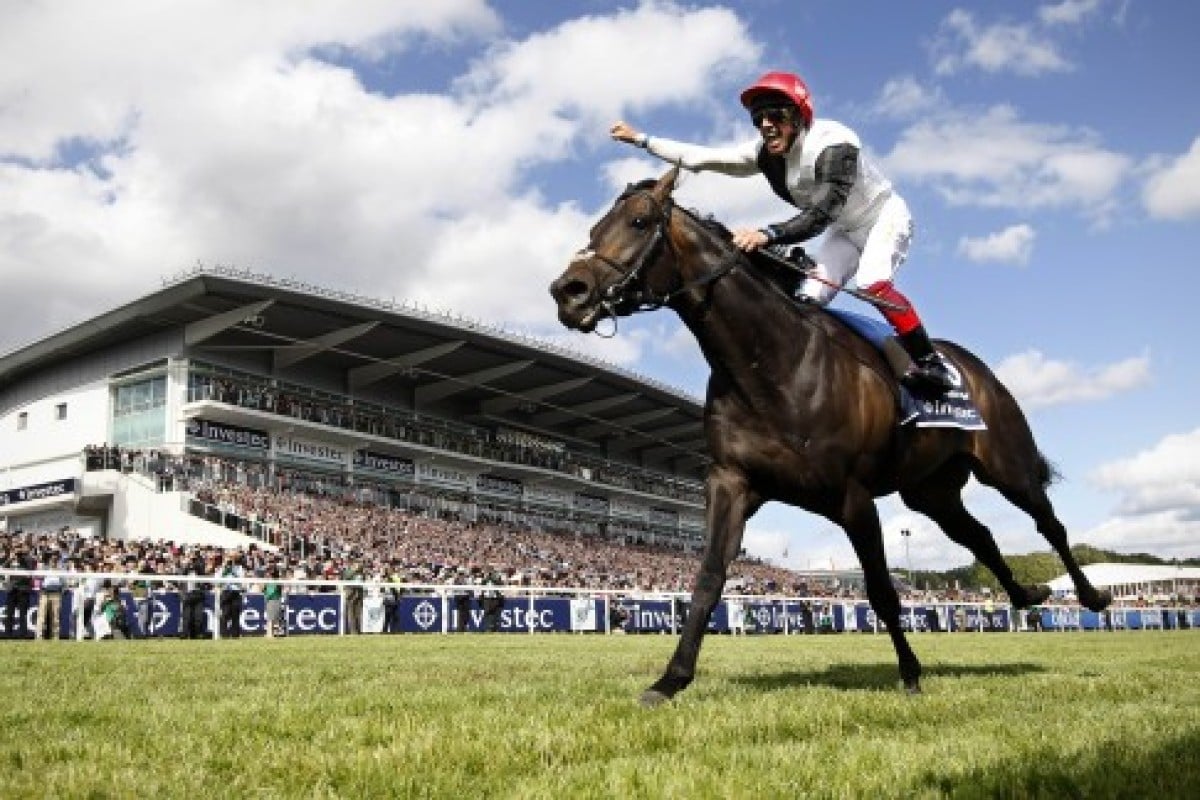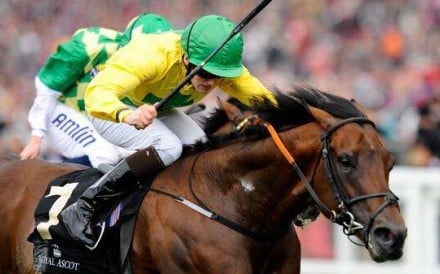Next week, the curtain will come down on the racing world for 2015 once and for all with the world’s best horses and the world’s best races of the last year to be celebrated at a ceremony in London on Tuesday.
The racehorses are all but locked in: Triple Crown winner American Pharoah will be number one, Derby and Arc winner Golden Horn will be number two, and two-time Arc winner Treve is likely to hold down third.
As for the races, though, they will be recognised for the first time – if it is possible to recognise a race by itself – with the awarding of the Longines World’s Best Race award, joining the World’s Best Racehorse and the World’s Best Jockey in the Longines stable.
The idea of the world’s best race got us thinking: what makes a race great? Is it prize money? Prestige? Impact? History? And what gives one factor precedence over another?

Is it even possible to quantify the world’s best race, anyway?
For the Longines award next week, the World’s Best Race is judged on ratings for the past three years, as determined by the world’s handicappers. In effect, it is a subjective view, as much as they would like to claim it to be objective – when rating races, it is nigh on impossible to have full impartiality.
Last year, the top 10 races were the Juddmonte International, the Prix de l’Arc de Triomphe, the Champion Stakes, the Breeders’ Cup Classic, the Prince Of Wales’s Stakes, the Prix Jacques Le Marois, the King George VI & Queen Elizabeth Stakes, the Japan Cup, the Breeders' Cup Turf and the Irish Champion Stakes.
For the full top 100 in order from 2012-2014, click here.
It is only this year that more of an effort is being made to highlight numero uno on the list.
But do ratings make a race the best in the world? Or are there other factors that should be at play?
What about the race with the highest turnover in the world? That distinction falls to the Arima Kinen, Japan’s end-of-year clash of the stars, which attracted a whopping 41 billion yen (HK$2 billion) in bets late last month. But it only ranks 11th on ratings – and is not even first in Japan, with the Japan Cup up in seventh.
Perhaps it is the race that gets the most attention outside the industry, in the public sphere? That goes to the Melbourne Cup, a handicap, the race that stops a nation (or two, if New Zealand is included). But as a handicap, it ranks dismally – it is 69th in the world on ratings, not even the world’s highest handicap, and 17th in Australia alone.
Maybe it should be the world’s richest race? That goes to the US$10 million Dubai World Cup quite comfortably, but it would be hard to argue that the race has deserved such a billing as the world’s greatest race in recent years. The ratings suggest it, too, with the race ranked number 21 in the world.
Whatever the criteria, though, there is no doubt that the Arima Kinen, Melbourne Cup and Dubai World Cup could each lay claims to being the world’s greatest race without too much argument.
Under the conditions of the award, and given the inherent bias towards European racing in these ratings – last year, 10 of the top 15 races were in the UK or France – it will be a European race that is given the title “World’s Best Race”.
And in all likelihood, the Prix de l’Arc de Triomphe will win the gong based on ratings, especially given it arguably attracted the best field in the world in 2015 – think along the lines of two Derby winners, a two-time Arc winner, an Arc runner-up, a Prince Of Wales’s Stakes winner, a Breeders’ Cup Turf winner and a Sheema Classic winner.
The Arc’s rating dropped sharply in 2012, when Solemia fought back to beat Orfevre, but given it is not included for consideration this year the Arc should be back on top of the world.
And it is hard to argue the Arc’s place at the head of affairs, really. It is Europe’s championship contest, their heavyweight battle to decide who is the equine king of the world.
But while the Arc is deserving of its place, it is just as clear that ratings are not the be all and end all when it comes to deciding the world’s greatest races, and can only be considered a guide.
In the end, a great race comes down to so much more than handicapping ratings, and it is the variety of identifying features – the prize money, the prestige, the impact, the history – that makes the world’s top races great.



















